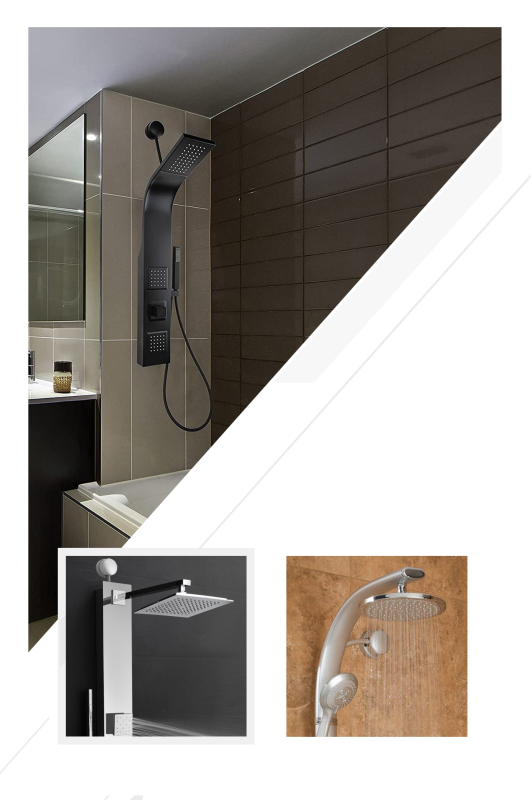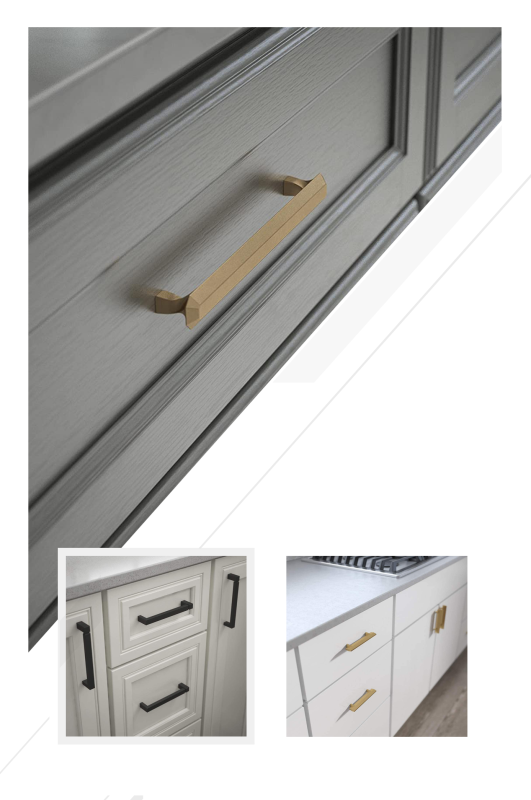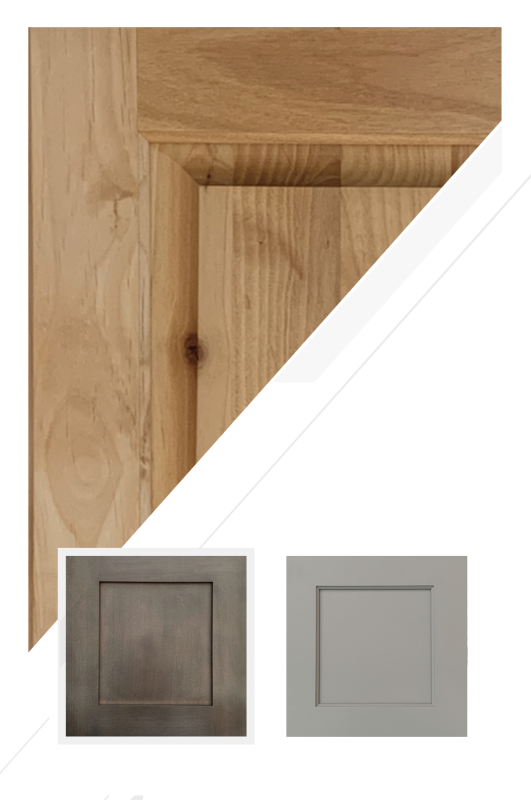Power That Stays On: Solar, Batteries, and Backup Plans for California Rebuilds
By Joy Line Homes California
Outages are now part of life in fire regions. Planned shutoffs, wind events, and grid repairs can darken a neighborhood for hours or days. Joy Line Homes treats power planning as a core part of the rebuild, not an afterthought. We design homes and ADUs in Los Angeles, Ventura, Santa Rosa, Napa, and Paradise with solar ready roofs, battery storage paths, safe generator options, and clear load management so families can keep living even when the street goes quiet.
Reliable power is more than comfort. It protects medicines, keeps air clean, and preserves communication during fast changing conditions. By pairing resilient equipment with clean layouts and simple controls, Joy Line delivers homes that handle outages with calm confidence. Owners press a single button or a phone app and the house moves into a steady backup routine.
Start with a Critical Loads Plan
Resilience begins on paper. We map the circuits that matter most and place them on a dedicated critical loads panel. Refrigeration, selected outlets, lighting in key rooms, the network closet, the well pump if present, and a small condenser or mini split head for safe indoor air. This list fits the battery size and the likely length of an outage. Non essentials stay on the main panel so backup power never strains under a full house load.
The plan reads in plain language with labels that match panel schedules. Inspectors see logic. Owners see which rooms and plugs stay alive during a shutoff. When the lights flicker, the home does not guess. It follows a script.
Battery Storage that Fits Real Life
Battery systems shine when they are sized for daily needs rather than imagined emergencies. Joy Line sizes storage to cover evening and overnight loads on the critical panel, then we consider a second unit if the address sees longer shutoffs. Equipment lands on a clean backboard near the main service with clear working space. Conduits are short and labeled. Venting and clearances follow manufacturer rules. The look is modern and the service path is obvious.
During normal days, batteries shift solar energy into the evening and soften bills. During outages, they deliver quiet power with no fumes and no trips to the gas station. The switch from grid to backup happens automatically. A small screen or phone app shows charge level and hours remaining so families can pace use with confidence.
Solar Ready Roofs without Leaks
Solar works best when the roof is designed for it from day one. Joy Line keeps roof geometry simple with long south and west faces where possible. Attachment points align to structure and receive flashed mounts that inspectors know by sight. Conduit paths are planned so they do not wander across the roof. Wire paths stay inside chases and land in a tidy combiner near the battery area. Future expansion ports are capped and labeled so an array can grow without cutting new holes later.
In hot valleys and on west exposures, we pair solar with shading strategies that protect glass and reduce cooling loads. When the house needs less energy, every kilowatt of storage lasts longer during an outage.
Smart Panels and Load Shedding
A smart panel or a simple relay pack can extend backup time dramatically. Joy Line programs non critical loads to pause when batteries drop to a set level. Laundry, EV charging, and large kitchen equipment wait until the grid returns. Small boosters like a network closet fan or an air purifier remain online. The home feels normal while the system quietly stretches hours of power into a safe night’s sleep.
Owners can adjust priorities from a phone. If a guest needs a medical device or a home office must run, a tap changes the list. Flexibility keeps families in control without rewiring or service calls.
Generators Done the Right Way
Some properties benefit from a generator, especially rural parcels with long repair times. Joy Line places a concrete pad, a transfer switch, and a safe fuel plan. Exhaust paths are mapped with care. Clearances and sound levels are considered for neighbors and for the family’s own comfort. The generator serves the same critical loads panel so the system stays simple. When the day comes that batteries are added, the transfer gear already knows the routine.
Portable generators use a locking inlet with labeled breakers. Cords land away from walk paths. A short laminated card explains start up and shut down. Owners practice once with a tech. Later, muscle memory turns a hard day into a calm routine.
EVs as Rolling Batteries
Bidirectional charging can turn an electric vehicle into a backup source. Where local rules and vehicle models allow, Joy Line wires a bidirectional ready circuit near the panel and places the charger where cord runs are short and safe. During an outage, the car supports the critical loads panel while the battery system manages the rhythm. When the grid returns, the charger resumes normal duty.
Even without bidirectional power, smart scheduling saves money and preserves capacity for tough weeks. Charging during solar hours protects batteries for the evening and keeps bills predictable.
Air Quality During Outages
Power strategy protects air as much as lights. Joy Line pairs the critical loads panel with a quiet fan mode, a high efficiency filter path, and a Smoke Mode scene that runs on low power. A single mini split head or a small heat pump keeps one zone comfortable while doors remain closed. The home turns into a safe room with clean air, steady temperature, and low sound, which matters when outdoor smoke and heat are both in play.
When batteries are limited, we stage fans to run in longer, low speed cycles that clean without heavy draw. A small number of steady watts can do more work than bursts that stop and start.
Panels, Labels, and the Utility Wall
Clarity prevents stress. Joy Line groups the meter, main panel, critical loads panel, transfer switch, disconnects, and communications on a single utility wall. Labels are engraved. Heights match code and service needs. A QR code links to the digital binder with schematics, photos, and warranty info. Utility crews see a professional layout. Inspectors finish visits quickly. Owners can point a neighbor or a sitter to a single spot and feel confident that help will make sense of the system without a long call.
Lighting at the utility wall is bright, shielded, and on a manual switch. Night checks are easy. Photos come out clear for service notes.
Permits, Interconnection, and Inspections
Resilient power passes through paperwork. Joy Line packages electrical sheets, line diagrams, product cut sheets, and interconnection forms so cities and utilities approve without confusion. We coordinate shut windows and meter work with trench and set days so the calendar moves in a straight line. For clustered rebuilds, multiple homes share the same diagram style which speeds reviews through familiarity. Lenders appreciate seeing stamped drawings and inspection cards tied to draw requests.
When utility timelines are tight, we prepare temporary power that keeps work moving safely until final meters land. The home remains a calm job site instead of a pause point.
Cost and Payback Without Spin
We keep the math simple. Batteries save most where evening rates are high and outages are common. Solar offsets daytime use and feeds storage. A generator adds insurance for long rural shutoffs. The right mix depends on the address and the family’s routine. Joy Line shows base costs, likely savings, and maintenance in a short table so owners can pick with eyes open. Upgrades are clear line items. Future expansion options are labeled so the system can grow without starting over.
Insurance carriers also value documented resilience. Clean records and WUI compliant layouts can support better outcomes on premiums or coverage conversations over time.
ADUs and Shared Resilience
ADUs make a property stronger when they share a smart power plan. A sub panel near the ADU carries its critical loads. The courtyard between buildings becomes a place to stage portable power safely if needed. Shared conduit runs keep costs low. Later, the ADU may host family during a grid event, or serve as a cool, clean room for a neighbor. A small home can carry big value when power stays on.
Where codes allow, the ADU roof often becomes an ideal solar face. This keeps arrays near ground paths and makes service simple for decades to come.
Maintenance that Fits a Saturday
Good systems last when care is short and clear. Joy Line leaves a one page checklist. Test the backup scene. Update firmware. Check battery health in the app. Exercise the generator monthly if installed. Vacuum panels in the network closet. Verify labels are legible. Rinse leaf guards at the roof lines that feed solar. These tasks take minutes and keep resilience high. A small kit of fuses, spare labels, and a microfiber cloth lives in the mechanical closet so tools are always close to the task.
We also store the Wi Fi credentials and installer contacts in the binder and on a small card at the utility wall. Help arrives faster when numbers are easy to find.
City Notes: One Power Language, Five Contexts
Los Angeles: Hillside homes benefit from smart panels with load shedding and a compact battery stack near the drive. Route studies for set day can include the utility upgrade so meter swaps occur once, not twice.
Ventura: Coastal air asks for corrosion aware gear and covered inverters. Wind exposure shapes array clamps and wire guards. Generators use sound pads and screens that breathe.
Santa Rosa: Neighborhood lots share a standard utility wall layout that inspectors learn quickly. Group interconnections shorten timelines across a block of rebuilds.
Napa: Rural parcels pair battery storage with water system loads and well pumps. Shade from porches cools glass and lowers cooling demand, which stretches battery hours.
Paradise: Disturbed soils and narrow access often favor a battery first plan with portable generator inlets. Compact equipment and labeled paths keep service simple for several homes on one lane.
Stories from Recent Installs
In Los Angeles, a critical loads panel and two battery units kept a family comfortable through two evening shutoffs while the street stayed dark. In Ventura, corrosion aware gear and covered inverters handled a salty, windy week without a service call. In Santa Rosa, three neighbors used the same utility wall layout and earned fast approvals. In Napa, a well pump on the backup list kept water flowing during a long weekend outage. In Paradise, compact equipment and a simple generator inlet gave a street steady power while crews finished the main interconnections.
The Joy Line Perspective
Resilience is design, not luck. Joy Line Homes builds power systems that are quiet, safe, and simple to use. Solar ready roofs, batteries sized for real life, smart panels that shed load, and generators that serve without stress. Labeled walls, tidy diagrams, and a one page checklist bring calm to outage days. Families across Los Angeles, Ventura, Santa Rosa, Napa, and Paradise can keep food cold, air clean, and phones charged while the grid recovers. That is power that stays on when it matters most.
About Joy Line Homes
Joy Line Homes builds modular residences and ADUs across California with resilient power plans. Our solar ready roofs, battery paths, and clean utility walls help families live comfortably through outages and return to normal faster.
Visit JoyLineHomes.com to request a critical loads and backup power plan for your rebuild.
We are based in Santa Cruz County ,
California
Tel: (831) 888-Home
Email: info@joylinehomes.com
Business Hours: 9am - 6pm











